Find Help
More Items From Ergsy search
-
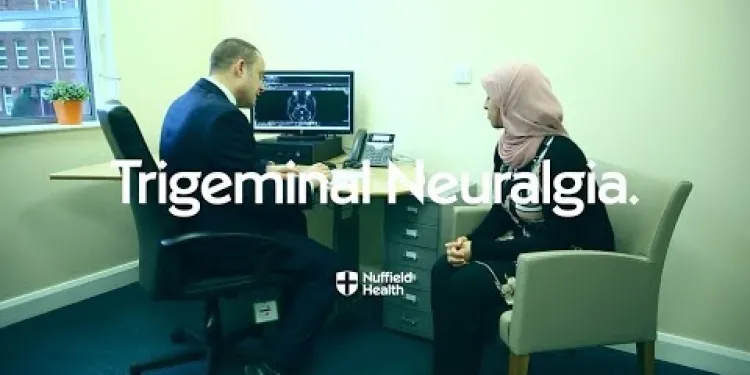
Trigeminal Neuralgia
Relevance: 100%
-
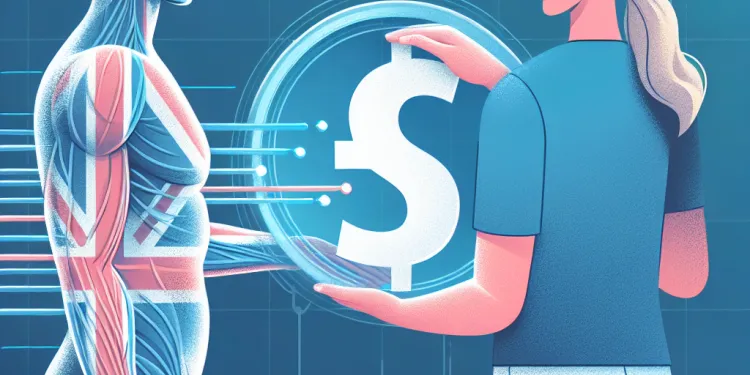
What is postherpetic neuralgia?
Relevance: 42%
-

What is postherpetic neuralgia?
Relevance: 41%
-
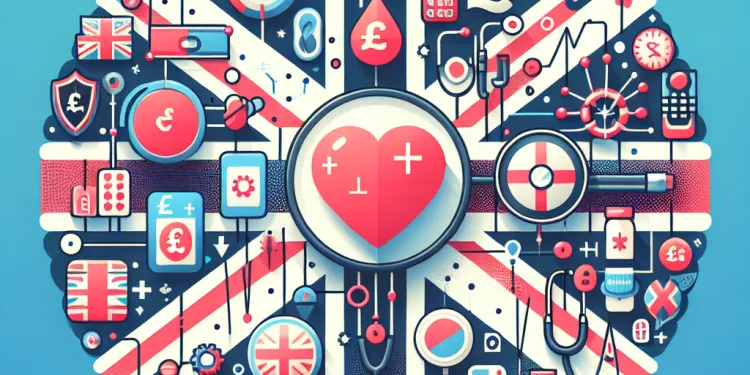
Are there any complications associated with shingles?
Relevance: 16%
-
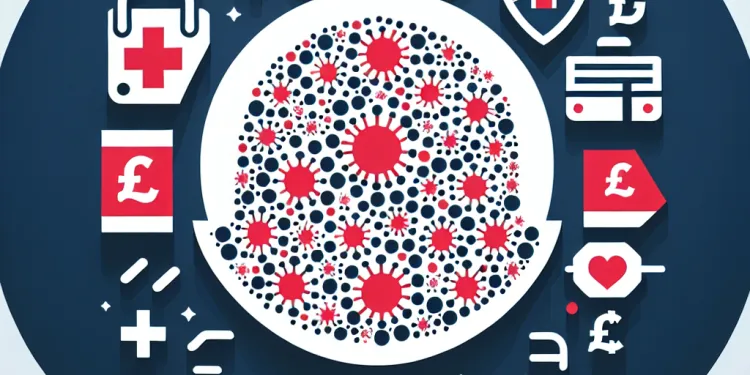
Are there any complications associated with shingles?
Relevance: 16%
-

What is shingles?
Relevance: 12%
-

What treatments are available for shingles?
Relevance: 12%
-

What is Shingles?
Relevance: 11%
-

What are the symptoms of shingles?
Relevance: 10%
-
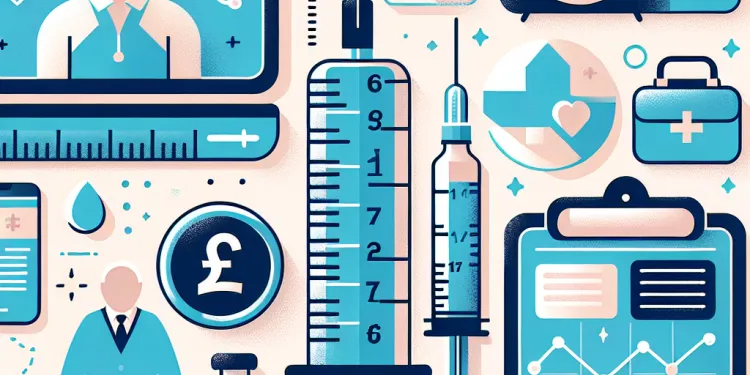
At what age should one get the shingles vaccine?
Relevance: 9%
-
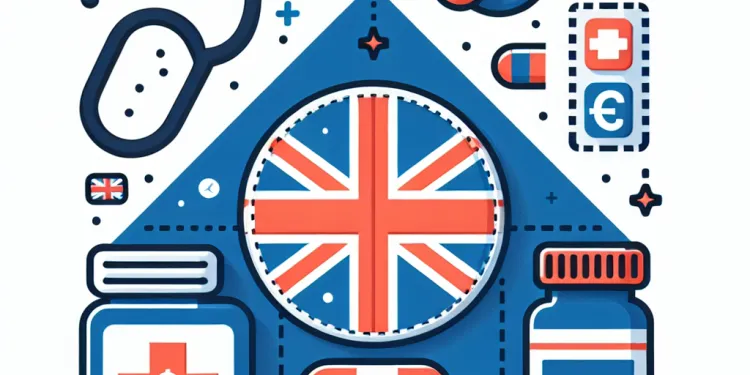
What treatments are available for shingles?
Relevance: 9%
-
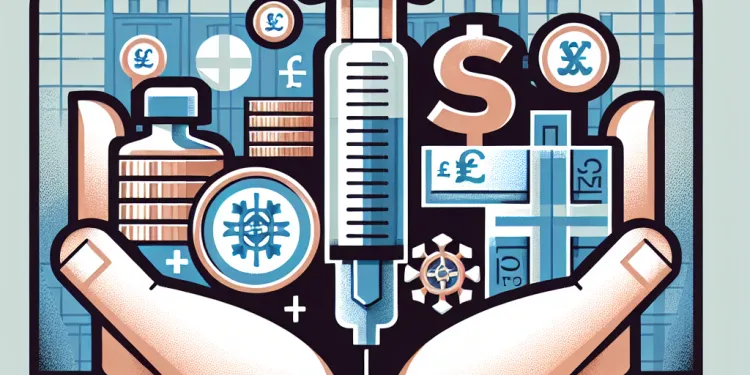
At what age should one get the shingles vaccine?
Relevance: 9%
-
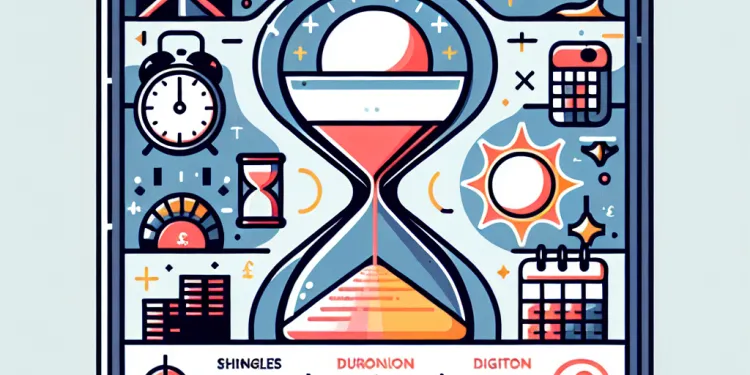
How long does a shingles outbreak last?
Relevance: 8%
-
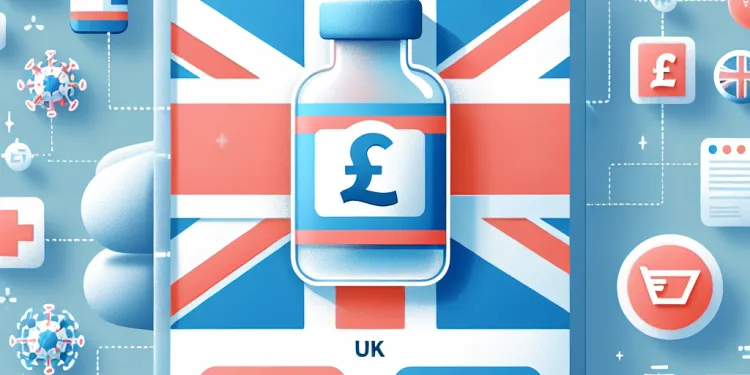
Is the shingles vaccine safe?
Relevance: 8%
-
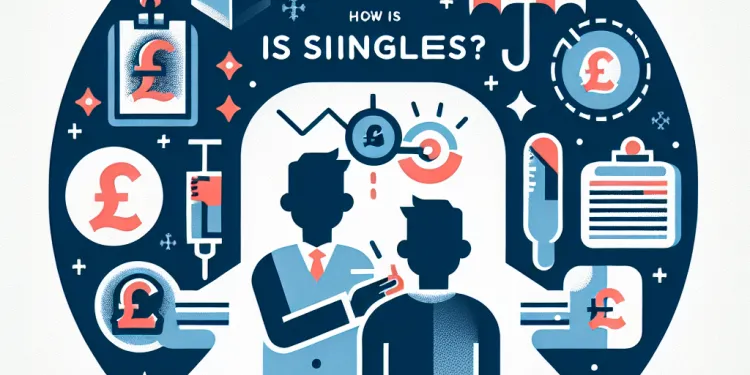
How is shingles diagnosed?
Relevance: 7%
-
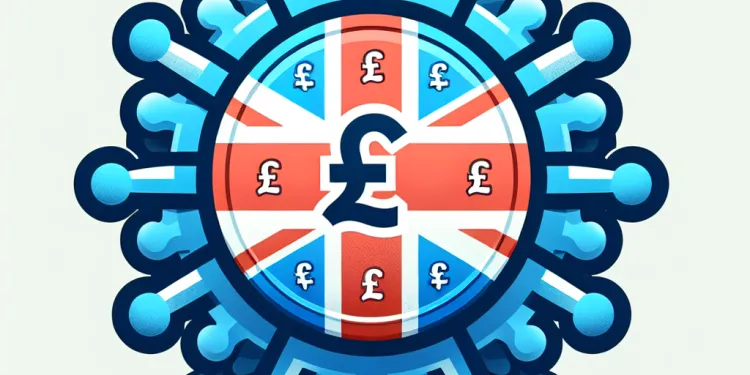
Can shingles be prevented?
Relevance: 7%
-

How long does a shingles outbreak last?
Relevance: 7%
-

Can stress trigger shingles?
Relevance: 6%
-

Can the shingles vaccine cause chickenpox?
Relevance: 5%
-
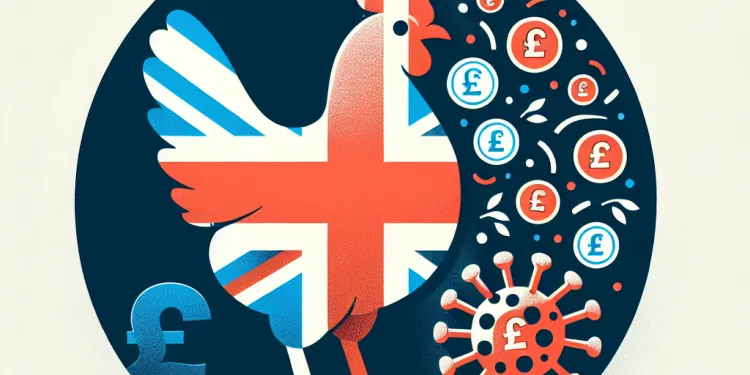
Can you get chickenpox more than once?
Relevance: 5%
-
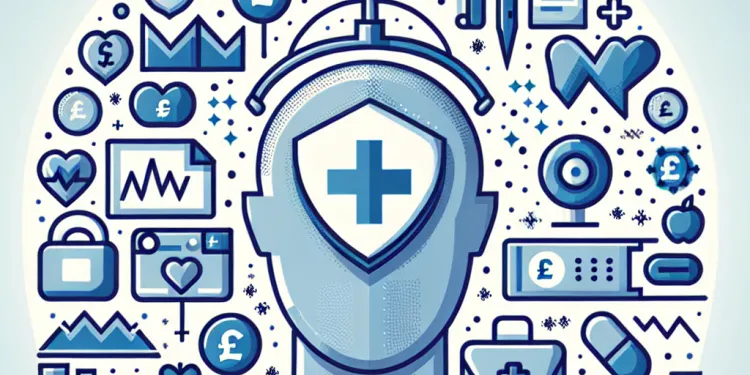
How is shingles diagnosed?
Relevance: 5%
-
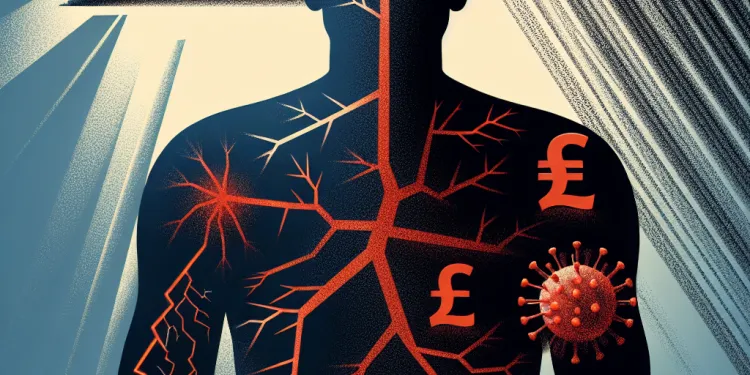
Can stress trigger shingles?
Relevance: 5%
-
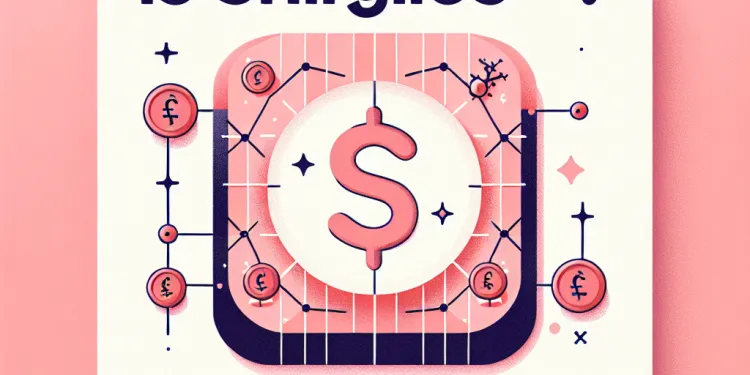
Is shingles contagious?
Relevance: 3%
-
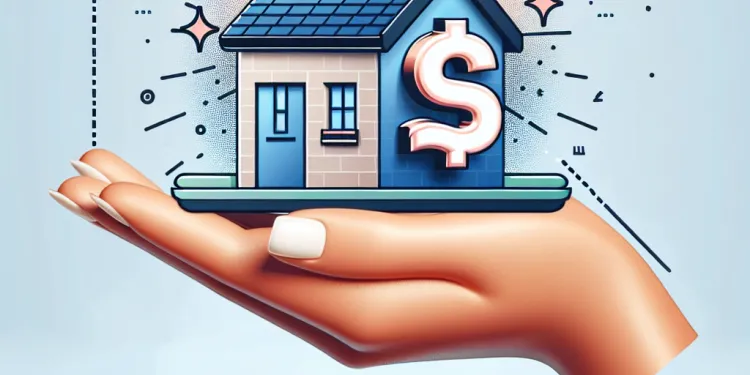
Is shingles contagious?
Relevance: 3%
Understanding Trigeminal Neuralgia
What is Trigeminal Neuralgia?
Trigeminal Neuralgia (TN) is a chronic pain condition that affects the trigeminal nerve, which carries sensation from your face to your brain. Even mild stimulation of your face, such as from brushing your teeth or applying makeup, might trigger a jolt of excruciating pain. Trigeminal neuralgia most often affects women over the age of 50.
Symptoms of Trigeminal Neuralgia
Patients with trigeminal neuralgia typically experience sudden, severe, and stabbing pain in the distribution of the trigeminal nerve. The pain can last from a few seconds to several minutes and may be triggered by touching the face, eating, drinking, or even a cool breeze. Over time, attacks may become more frequent and intense.
Causes and Risk Factors
Trigeminal neuralgia is usually caused by a blood vessel pressing on the trigeminal nerve as it exits the brainstem. This compression wears away the nerve's protective coating (myelin), causing pain signals to be sent to the brain. Other causes can include multiple sclerosis or a tumour compressing the nerve. Family history and aging are also risk factors.
Diagnosis and Treatment Options in the UK
If you suspect you have trigeminal neuralgia, it is crucial to see a healthcare professional. In the UK, diagnosis often involves a thorough medical history and neurological examination. MRI scans may be used to rule out other conditions. Treatment options vary, including medications such as anticonvulsants and muscle relaxants. In severe cases, surgical options such as microvascular decompression may be explored.
Living with Trigeminal Neuralgia
Living with trigeminal neuralgia can be challenging due to the severe, unpredictable pain. Support groups and organisations in the UK, such as the Trigeminal Neuralgia Association UK, provide invaluable help and information. Adopting stress-reducing techniques like yoga, mindfulness, and seeking psychological support can also improve quality of life.
Understanding Trigeminal Neuralgia
What is Trigeminal Neuralgia?
Trigeminal Neuralgia (TN) is a problem that causes strong pain in the face. It happens because the trigeminal nerve, which feels things on our face, tells our brain about touch or pain. Small things like brushing teeth or putting on makeup can cause very bad pain. This problem mostly affects women who are over 50 years old.
Symptoms of Trigeminal Neuralgia
People with trigeminal neuralgia feel quick, strong, and sharp pain in their face. The pain can last for a few seconds or a few minutes. Touching the face, eating, drinking, or a cool breeze can start the pain. Over time, the pain can happen more often and feel worse.
Causes and Risk Factors
Trigeminal neuralgia usually happens when a blood vessel pushes on the trigeminal nerve. This pressure wears away the covering of the nerve, causing pain signals to go to the brain. Other reasons can be multiple sclerosis or a tumor pressing on the nerve. Having a family member with it or getting older can increase the risk.
Diagnosis and Treatment Options in the UK
If you think you have trigeminal neuralgia, it is very important to see a doctor. In the UK, doctors will look at your medical history and do a check-up to see if you have this problem. MRI scans might be used to check for other issues. Treatments can include medicine like anticonvulsants and muscle relaxants. For bad cases, surgery might be considered to help with the pain.
Living with Trigeminal Neuralgia
Living with trigeminal neuralgia can be hard because of the strong and unexpected pain. There are support groups in the UK, like the Trigeminal Neuralgia Association UK, that offer help and information. Doing activities like yoga, mindfulness, and talking to a counselor can help manage stress and make life better.
Frequently Asked Questions
What is Trigeminal Neuralgia?
Trigeminal Neuralgia is a chronic pain condition that affects the trigeminal nerve, which carries sensation from your face to your brain. It causes sudden, severe facial pain.
What are the symptoms of Trigeminal Neuralgia?
The main symptom is sudden, severe, electric shock-like or stabbing pain on one side of the face. This pain can last from a few seconds to a few minutes.
What triggers Trigeminal Neuralgia pain?
Triggers can include everyday activities such as brushing your teeth, chewing, speaking, or even a light breeze on your face. Stress and fatigue can also exacerbate the pain.
How is Trigeminal Neuralgia diagnosed?
Diagnosis typically involves a detailed patient history and a neurological examination. Imaging tests, such as an MRI, may be used to rule out other causes of facial pain.
What are the treatment options for Trigeminal Neuralgia?
Treatment options include medications, such as anticonvulsants, physical therapy, lifestyle changes, and in some cases, surgical procedures to relieve pressure on the trigeminal nerve.
Can lifestyle changes help manage Trigeminal Neuralgia?
Yes, lifestyle changes such as maintaining a healthy diet, regular exercise, stress management techniques, and avoiding known triggers can help manage the condition.
Are there any effective medications for Trigeminal Neuralgia?
Medications commonly prescribed include anticonvulsants like carbamazepine or oxcarbazepine, and sometimes muscle relaxants like baclofen.
Is surgery a viable option for treating Trigeminal Neuralgia?
For patients who do not respond to medications, surgical options such as microvascular decompression, gamma knife radiosurgery, or rhizotomy may be considered.
Are there any support groups in the UK for people with Trigeminal Neuralgia?
Yes, there are several support groups and organisations, such as the Trigeminal Neuralgia Association UK, that provide support and resources for people living with this condition.
Can Trigeminal Neuralgia go away on its own?
While it's rare for Trigeminal Neuralgia to resolve on its own, in some cases, the pain can decrease or go into remission for months or even years.
How can I manage Trigeminal Neuralgia pain on a daily basis?
Daily pain management can include taking prescribed medications, practicing good oral hygiene gently, avoiding known triggers, and following a pain management plan developed with your healthcare provider.
How common is Trigeminal Neuralgia?
Trigeminal Neuralgia is relatively rare, affecting approximately 1 in 15,000 to 1 in 20,000 people per year.
What causes Trigeminal Neuralgia?
The exact cause is often unknown, but it can be due to blood vessels pressing on the trigeminal nerve, multiple sclerosis, or a tumour compressing the nerve.
Is Trigeminal Neuralgia a form of migraine?
No, Trigeminal Neuralgia is not a form of migraine. It is a distinct neurological disorder characterized by severe facial pain, while migraines typically involve headaches.
Can children get Trigeminal Neuralgia?
Trigeminal Neuralgia is very rare in children. It primarily affects adults, particularly those over the age of 50.
What is Trigeminal Neuralgia?
Trigeminal Neuralgia is when you have pain in your face. It is because a nerve in your face is not working right. This nerve sends feelings from your face to your brain.
If you have Trigeminal Neuralgia, you might feel sharp pain. It can feel like a shock in your face. The pain can come and go.
If reading is hard, you can try:
- Reading with someone who can help.
- Listening to audio books.
- Using speech-to-text tools.
Trigeminal Neuralgia is a health problem that causes pain. It affects a nerve called the trigeminal nerve. This nerve helps you feel things on your face and sends messages to your brain. When you have this problem, you can feel strong and sudden pain in your face.
What are the signs of Trigeminal Neuralgia?
Trigeminal Neuralgia is when you have strong pain in your face. Here are some signs to look out for:
- Sudden sharp pain in the cheek, jaw, or around the eyes.
- The pain might feel like an electric shock.
- The pain usually happens on one side of your face.
- The pain can happen when touching your face, brushing your teeth, or eating.
If you need help understanding this, you can:
- Ask someone you trust to help read it with you.
- Look at pictures or videos that explain it.
- Talk to a doctor or nurse for more help.
The biggest sign is a quick, strong pain on one side of the face. It can feel like a sharp shock or a stab. This pain can last for a few seconds or a few minutes.
If you find it hard to read, try pointing at each word as you go. You can also ask someone to read it with you.
What causes Trigeminal Neuralgia pain?
Trigeminal Neuralgia is a type of pain that happens in the face. It can hurt a lot. Here are some things that can make the pain start:
- Touching your face
- Eating or drinking
- Brushing your teeth
- Wind on your face
- Talking or smiling
These things can sometimes cause sudden pain. If you or someone you know has this pain, it can help to talk to a doctor. Doctors can give you medicine to help the pain. Talking to a friend or using a warm cloth on your face might also make you feel better.
Things that make pain start can be everyday things. These include brushing your teeth, chewing, talking, or even feeling a little wind on your face. Feeling stressed or tired can make the pain worse too.
How do doctors find out if someone has Trigeminal Neuralgia?
Doctors find out what is wrong by asking about your health and checking your nerves. They might use pictures of your head, like an MRI, to make sure nothing else is causing your face to hurt.
What Can Help with Trigeminal Neuralgia?
Trigeminal Neuralgia is a kind of pain in your face. Here are some ways that may help:
- Medicine: Some pills can help make the pain go away.
- Surgery: Doctors can do an operation to help with the pain.
- Special Injections: A doctor might give you a shot to help stop the pain.
If you think you have this pain, it is good to talk to a doctor. They can help you feel better. You can also talk to someone who understands, like a family member or a friend.
You can get help with medicine, like special pills that stop seizures. Physical therapy can also help your body feel better. Changing some things in your life, like how you eat or rest, might help too. Sometimes, if the pain is very bad, a doctor might need to do an operation to make the nerve feel better.
Can changing how you live help with Trigeminal Neuralgia?
What is Trigeminal Neuralgia?
Trigeminal Neuralgia is when you have strong, sudden pain in your face. It feels like a shock. This happens because the nerve in your face is not working right.
Things you can try:
- Eat healthy food: Eating fruits, vegetables, and whole grains can help you feel better.
- Stay active: Simple exercises, like walking, can be good for you.
- Get enough rest: Make sure you sleep well each night.
- Relax: Try deep breathing or listening to calm music.
- Avoid triggers: Try to find out what makes the pain worse and stay away from it. This might be things like cold wind or very hot or cold food.
- Talk to your doctor: Always tell your doctor how you feel. They can help you find what works best.
Help and support:
If you need help, ask a friend or family member. You can also use pictures or videos to understand things better. Remember, you are not alone, and people want to help you feel your best.
Yes, you can feel better by changing some things in your life. Eat healthy food, exercise often, find ways to stay calm, and stay away from things that make it worse.
Can medicine help with Trigeminal Neuralgia?
Trigeminal Neuralgia is a big word. It means really bad face pain. Medicine can help with this pain. Here are some ways to help understand:
- Read slowly. Take your time.
- Ask someone to explain if you don't understand.
- Use pictures to see how things work.
Some medicines can make the pain less. A doctor can tell you which ones can help.
Doctors often give medicines to help. They might give medicine that stops seizures, like carbamazepine or oxcarbazepine. Sometimes, they give medicine to help muscles relax, like baclofen.
Can surgery help with Trigeminal Neuralgia?
Trigeminal Neuralgia is a condition that causes strong face pain.
Doctors sometimes use surgery to help stop the pain.
Before surgery, talk with your doctor.
Your doctor will explain if surgery is a good choice for you.
Ask questions. This helps you know what to expect.
A friend or family member can help you understand and remember information.
Using pictures or notes can also help you learn better.
If medicine does not help, doctors might think about doing surgery. They can try things like microvascular decompression, gamma knife radiosurgery, or rhizotomy.
Can I find any help groups in the UK for people with Trigeminal Neuralgia?
Trigeminal Neuralgia is a condition that causes face pain. It can be hard to manage alone.
In the UK, there are groups that help people with Trigeminal Neuralgia. These groups can answer questions, provide support, and help people feel less alone.
You can find these groups online or by talking to a doctor. A doctor can guide you to the right support group. You can also look for groups on the Trigeminal Neuralgia Association UK website.
Yes, there are groups and places that can help. One of them is called the Trigeminal Neuralgia Association UK. They give help and useful information to people with this condition.
Can Trigeminal Neuralgia Get Better by Itself?
Trigeminal Neuralgia is a condition that causes face pain. It might get better without treatment, but it is important to talk to a doctor. They can help you understand what to do.
Things that might help:
- Relaxation exercises like deep breathing.
- Keep a pain diary to track when it hurts.
- Ask family or friends for support.
Trigeminal Neuralgia is a condition that causes pain. It's not common, but sometimes the pain can get better by itself. The pain might go away for a while, even for months or years.
How can I take care of Trigeminal Neuralgia pain every day?
Here are some simple ways to help with the pain:
- Medicine: Take your medicine if the doctor gives it to you. It helps to feel better.
- Warm Cloth: Place a warm cloth on your face. It can make the pain less.
- Relaxation: Try to relax and take deep breaths. It helps your body feel calm.
- Healthy Lifestyle: Eat good food and sleep well. This keeps you strong.
- Talk to a Doctor: Always ask the doctor for help when the pain is too much.
- Support: Ask friends or family to stay with you. They can help when you need it.
To help with pain every day, you can do a few things. Take your medicine if the doctor gave you some. Brush your teeth gently. Stay away from things that make the pain worse. Listen to the plan your doctor made for you to help with the pain.
How often does Trigeminal Neuralgia happen?
Trigeminal Neuralgia is when the nerve in your face hurts a lot.
This is not very common. It happens to some people, but not everyone.
If you want help to understand this, you can use pictures or talk with someone you trust.
Trigeminal Neuralgia is not very common. It affects about 1 in every 15,000 to 20,000 people each year.
What Makes Trigeminal Neuralgia Happen?
We don't always know why this happens. Sometimes, it's because a blood vessel is pushing on a nerve in your face. It can also be from a sickness called multiple sclerosis or from a lump pressing on the nerve.
Is Trigeminal Neuralgia the Same as a Migraine?
Trigeminal Neuralgia is not the same as a migraine. It is a different type of pain. It affects a nerve in your face.
To understand better, you can:
- Ask a doctor or nurse.
- Look at pictures of the nerve online.
No, Trigeminal Neuralgia is not the same as a migraine. Trigeminal Neuralgia is a different health problem. It causes very bad pain in the face. Migraines usually cause headaches.
If you need help reading, you can:
- Ask someone to read it out loud to you.
- Use a ruler or your finger to help keep your place when reading.
- Listen to audiobooks or use text-to-speech tools that can read text to you.
Can kids get Trigeminal Neuralgia?
Trigeminal Neuralgia can happen to kids, but it is very rare. Trigeminal Neuralgia causes strong pain in the face. It can feel like a sharp or electric shock.
If a child has face pain, it's important to see a doctor. They can help find out what's wrong. Sometimes doctors use special pictures like MRI scans to look at the nerves in the face.
A child with Trigeminal Neuralgia might need medicine to help the pain go away. It's important for kids with this condition to have support from family and doctors.
If the child or family needs help understanding, they can ask the doctor or nurse for easy explanations. Drawing, simple pictures, or using videos can also help explain what's happening.
Trigeminal Neuralgia is not common in kids. It mostly happens to grown-ups, especially people older than 50.
Useful Links
- Ergsy carfully checks the information in the videos we provide here.
- Videos shown by Youtube after a video has completed, have NOT been reviewed by ERGSY.
- To view, click the arrow in centre of video.
- Most of the videos you find here will have subtitles and/or closed captions available.
- You may need to turn these on, and choose your preferred language.
- Go to the video you'd like to watch.
- If closed captions (CC) are available, settings will be visible on the bottom right of the video player.
- To turn on Captions, click settings .
- To turn off Captions, click settings again.
More Items From Ergsy search
-

Trigeminal Neuralgia
Relevance: 100%
-

What is postherpetic neuralgia?
Relevance: 42%
-

What is postherpetic neuralgia?
Relevance: 41%
-

Are there any complications associated with shingles?
Relevance: 16%
-

Are there any complications associated with shingles?
Relevance: 16%
-

What is shingles?
Relevance: 12%
-

What treatments are available for shingles?
Relevance: 12%
-

What is Shingles?
Relevance: 11%
-

What are the symptoms of shingles?
Relevance: 10%
-

At what age should one get the shingles vaccine?
Relevance: 9%
-

What treatments are available for shingles?
Relevance: 9%
-

At what age should one get the shingles vaccine?
Relevance: 9%
-

How long does a shingles outbreak last?
Relevance: 8%
-

Is the shingles vaccine safe?
Relevance: 8%
-

How is shingles diagnosed?
Relevance: 7%
-

Can shingles be prevented?
Relevance: 7%
-

How long does a shingles outbreak last?
Relevance: 7%
-

Can stress trigger shingles?
Relevance: 6%
-

Can the shingles vaccine cause chickenpox?
Relevance: 5%
-

Can you get chickenpox more than once?
Relevance: 5%
-

How is shingles diagnosed?
Relevance: 5%
-

Can stress trigger shingles?
Relevance: 5%
-

Is shingles contagious?
Relevance: 3%
-

Is shingles contagious?
Relevance: 3%